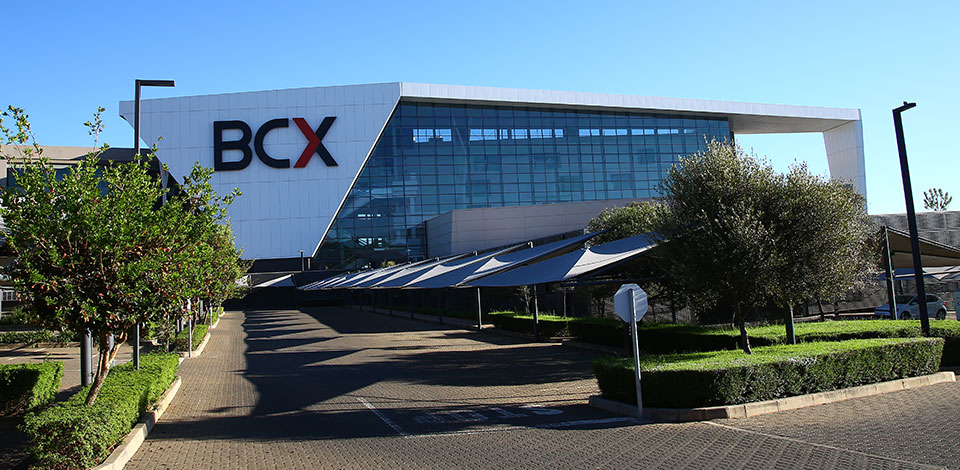
Connectivity – a threat to 4IR?
As South Africa develops and deepens its rapidly growing relationship with digital transformation, there remains one irrefutable, essential and pressing truth: connectivity is the gateway to the Fourth Industrial Revolution.
It was, along with the country’s need for a sustainable and consistent power supply, a dominant theme across all of the panels at the recent annual Directors Event futured by BCX. A gathering of some of the sharpest minds from business and society, ‘South Africa’s biggest board meeting’, as it is known, was held virtually for the first time, demonstrating and emphasising the point that without a wider and stronger access to the internet, the take-up of 4IR in this country will face a battle.
Connectivity is without a doubt the most important thing we have to invest in today. It is imperative for our journey with 4IR across all sectors if we are to create economic growth and ensure that the gap between those who have and who have not is diminished. Without connectivity you will not allow any of the people in rural areas access to education. We need connectivity to enable people to bridge that divide, particularly during this pandemic.
Independent Communications Authority of South Africa (ICASA) chairperson Keabetswe Modimoeng announced they would be making 406 MHz of spectrum available, which is expected to be up and running by March 2021. Essentially, this should mean more access at a cheaper cost, in line with the aims of the President’s recently announced economic recovery plan to develop “innovative new models to provide low-income households with access to affordable, high-speed internet through connection subsidies for broadband and support for public Wi-Fi hotspots”.
“The release of high-frequency spectrum by March 2021 and the completion of digital migration will reduce data costs for firms and households,” said Ramaphosa. “This process is being managed by the Independent Communications Authority of South Africa and will promote transformation, reduce costs and increase access.”
The selling of the spectrum will also add R9-billion to the state’s coffers, a much-needed boost in a contracted economy. There has been frustration at the slow roll-out of more high-speed spectrum, with many in the technology industry lamenting the delay and bottlenecks, but the recent announcement has been widely applauded as the South African economy seeks renewal, stability and a digital norm.
Change is frightening for many. But that change will also bring opportunity and increased quality of life, in health, education, employment, housing and transport. New types of jobs will be created. Rural learners will be able to access the education needed to gain access to the 4IR labour market. We are all learning new ways of shopping and communicating. In a sense, the COVID-19 pandemic has forced this upon us, so some good has come from this dark time.
A great deal of the fear with regards to 4IR in South Africa is because of the lack of access to data for some and the costs for many households and small businesses. Government’s announcement on the release of more high-speed spectrum will go a long way to easing that fear. This will require a close and cooperative alignment between government, ISPs and mobile data providers as they speed up the roll-out of infrastructure.
Government has reserved 80MHz of the 406MHz of the high-speed spectrum for the Wireless Open Access Network (WOAN), which will enable connectivity and services to non-urban areas in a cost-effective and efficient manner, overcoming the historic and devastating spatial inequality in South Africa. Those living outside the big centres must be a part of the overall strategy for connectivity. Inclusion is an imperative to ensure South Africa does not place catch up with another industrial revolution.










